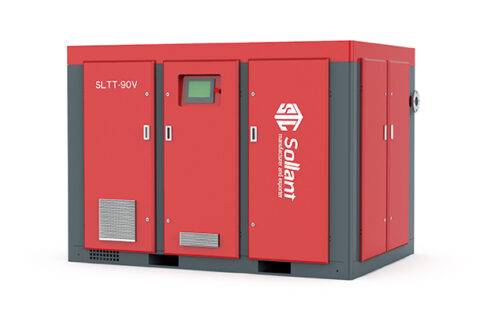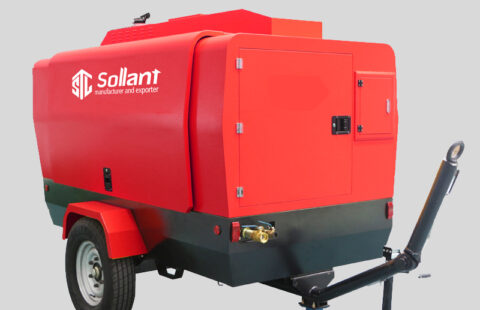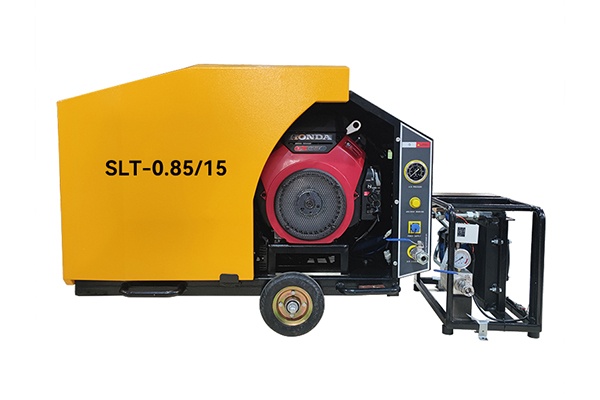
Why does the air compressor need staged compression?
I believe many people have heard of two-stage compressors. Bipolar compression means that there are two main machines in a compressor, which can perform secondary compression on the air. When the customer requires a higher working pressure for the gas, single-stage compression often cannot meet the requirements. At this time, bipolar compression or even multi-stage compression is required. So what are the advantages and disadvantages of multi-stage compression?
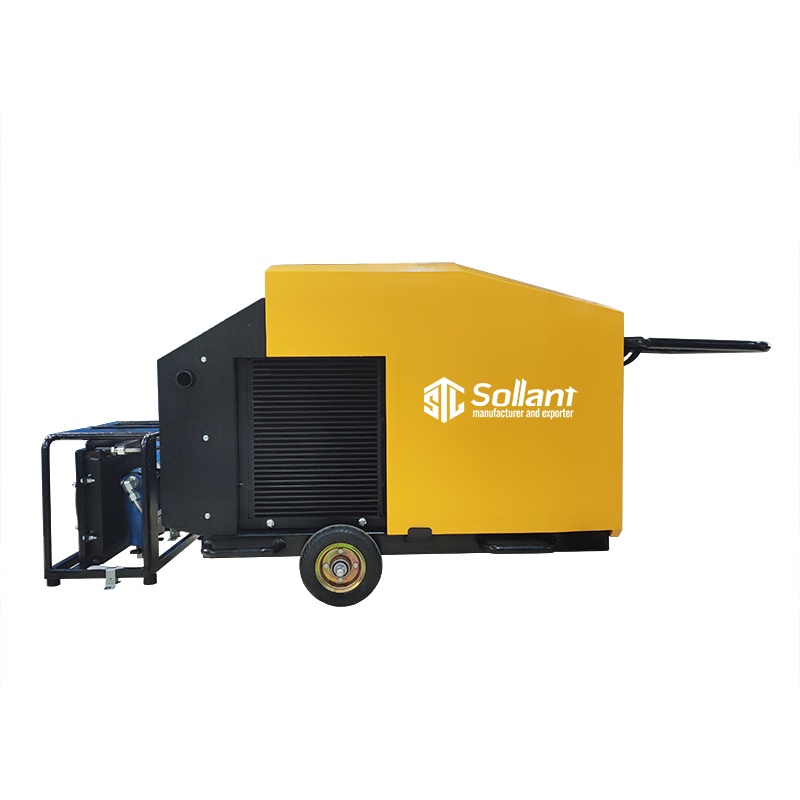
1. Improve volume utilization
Due to the three reasons of manufacturing, installation and operation, the clearance volume in the cylinder is always inevitable, and the clearance volume not only directly reduces the effective volume of the cylinder, but also the residual high-pressure gas must be expanded to the suction pressure before the cylinder can start to inhale fresh gas, which is equivalent to further reducing the effective volume of the cylinder. It is not difficult to understand that if the pressure ratio is larger, the residual gas in the clearance volume will expand more violently, and the effective volume of the cylinder will be smaller. In some cases, it may even happen that after the gas in the clearance volume is fully expanded in the cylinder, the pressure is still not lower than the suction pressure. At this time, it is impossible to continue to inhale and exhaust, and the effective volume of the cylinder becomes zero. If multi-stage compression is used, the compression ratio of each line is very small, and the residual gas in the clearance volume can reach the suction pressure with a slight expansion, which naturally increases the effective volume of the cylinder, thereby improving the utilization rate of the cylinder volume.
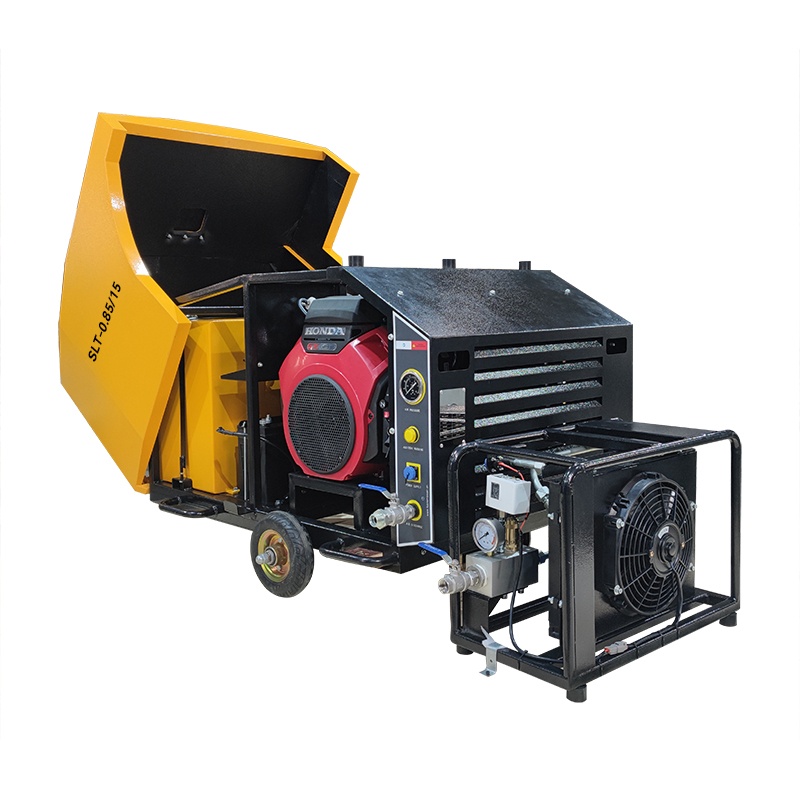
2. Save power consumption
By using multi-stage compression, the compressed gas can be isobarically cooled after the first stage of compression by setting an intercooler between the stages to reduce the temperature before entering the next stage of the cylinder. The temperature is reduced and the density is increased, which makes it easier to further compress, which can greatly save power consumption compared to compression. Therefore, under the same pressure, the area of multi-stage compression work is smaller than that of single-stage compression. The more stages there are, the more power consumption is saved, and the closer it is to isothermal compression.
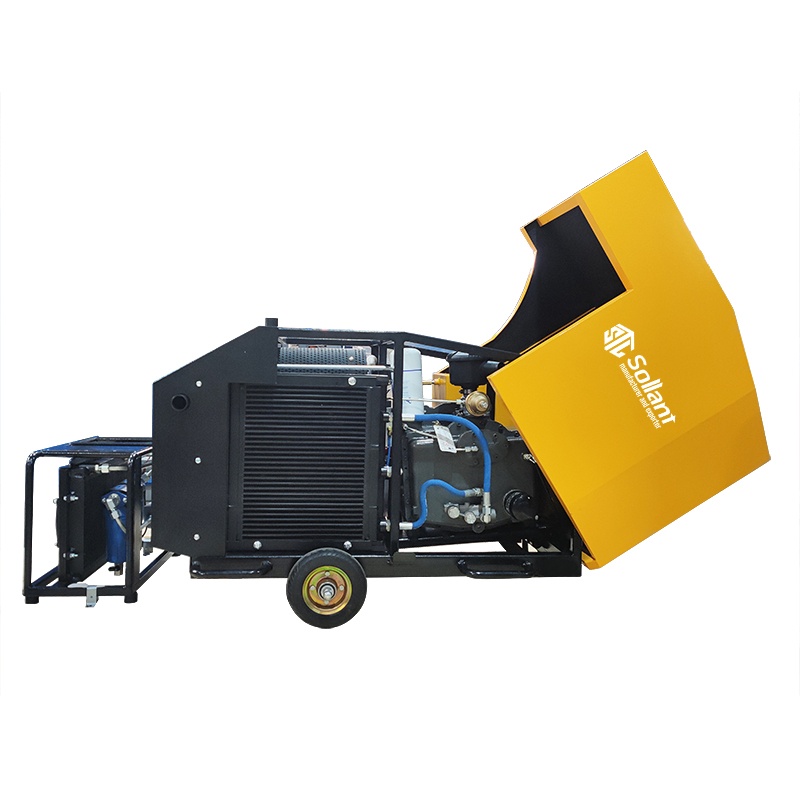
3. Reduce the working temperature
The temperature of the exhaust gas of the compressor increases with the increase of the compression ratio. The higher the compression ratio, the higher the exhaust temperature, but too high an exhaust temperature is often not allowed. This is because: in oil-lubricated compressors, high lubricating oil temperature will reduce viscosity and aggravate wear. When the temperature rises too high, it is easy to form carbon deposits in the cylinder and on the valve, aggravating wear and sometimes even causing explosions. Due to various reasons, the exhaust temperature is greatly limited, so multi-stage compression must be used to reduce the exhaust temperature.
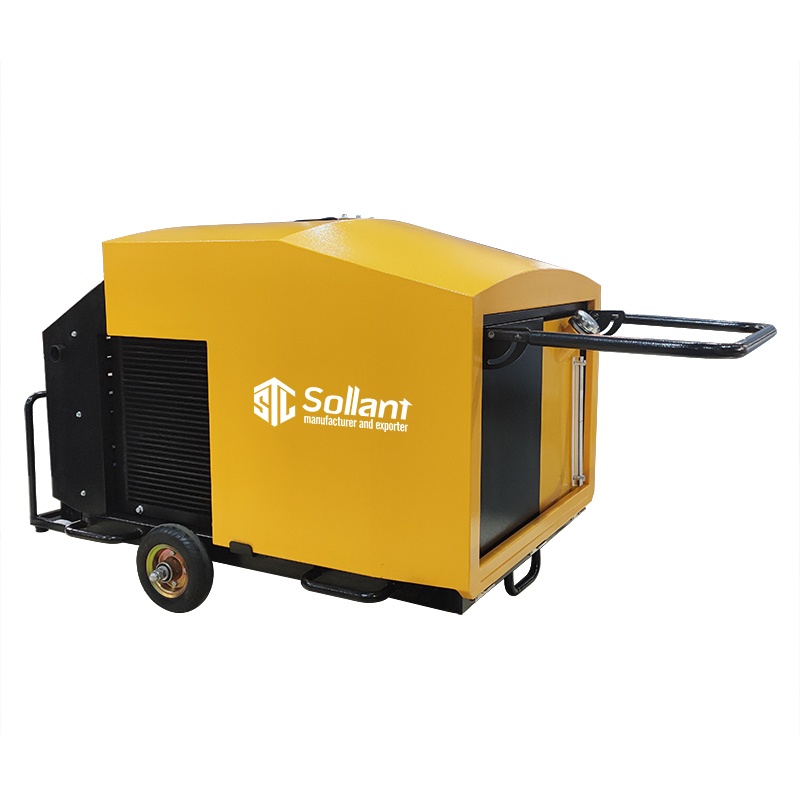
4. Low stability
Multi-stage compression can reduce the sub-ratio of each stage, thereby achieving energy-saving effects, but multi-stage compressors have more internal parts than single-stage compressors, and the probability of problems during operation is greater. High-precision processed single-stage compressors can effectively control internal gaps, reduce air leakage, and achieve the same energy-saving effect, but with fewer parts and more stable and reliable operation.


